Preface
Who Should Read This Book
Why We Wrote This Book
Zero Trust Networks Today
Navigating This Book
Conventions Used in This Book
O’Reilly Safari
How to Contact Us
Acknowledgments
1. Zero Trust Fundamentals
What Is a Zero Trust Network?
Introducing the Zero Trust Control Plane
Evolution of the Perimeter Model
Managing the Global IP Address Space
Birth of Private IP Address Space
Private Networks Connect to Public Networks
Birth of NAT
The Contemporary Perimeter Model
Evolution of the Threat Landscape
Perimeter Shortcomings
Where the Trust Lies
Automation as an Enabler
Perimeter Versus Zero Trust
Applied in the Cloud
Summary
2. Managing Trust
Threat Models
Common Threat Models
Zero Trust’s Threat Model
Strong Authentication
Authenticating Trust
What Is a Certificate Authority?
Importance of PKI in Zero Trust
Private Versus Public PKI
Public PKI Strictly Better Than None
Least Privilege
Variable Trust
Control Plane Versus Data Plane
Summary
3. Network Agents
What Is an Agent?
Agent Volatility
What’s in an Agent?
How Is an Agent Used?
Not for Authentication
How to Expose an Agent?
No Standard Exists
Rigidity and Fluidity, at the Same Time
Standardization Desirable
In the Meantime?
Summary
4. Making Authorization Decisions
Authorization Architecture
Enforcement
Policy Engine
Policy Storage
What Makes Good Policy?
Who Defines Policy?
Trust Engine
What Entities Are Scored?
Exposing Scores Considered Risky
Data Stores
Summary
5. Trusting Devices
Bootstrapping Trust
Generating and Securing Identity
Identity Security in Static and Dynamic Systems
Authenticating Devices with the Control Plane
X.509
TPMs
Hardware-Based Zero Trust Supplicant?
Inventory Management
Knowing What to Expect
Secure Introduction
Renewing Device Trust
Local Measurement
Remote Measurement
Software Configuration Management
CM-Based Inventory
Secure Source of Truth
Using Device Data for User Authorization
Trust Signals
Time Since Image
Historical Access
Location
Network Communication Patterns
Summary
6. Trusting Users
Identity Authority
Bootstrapping Identity in a Private System
Government-Issued Identification
Nothing Beats Meatspace
Expectations and Stars
Storing Identity
User Directories
Directory Maintenance
When to Authenticate Identity
Authenticating for Trust
Trust as the Authentication Driver
The Use of Multiple Channels
Caching Identity and Trust
How to Authenticate Identity
Something You Know: Passwords
Something You Have: TOTP
Something You Have: Certificates
Something You Have: Security Tokens
Something You Are: Biometrics
Out-of-Band Authentication
Single Sign On
Moving Toward a Local Auth Solution
Authenticating and Authorizing a Group
Shamir’s Secret Sharing
Red October
See Something, Say Something
Trust Signals
Summary
7. Trusting Applications
Understanding the Application Pipeline
Trusting Source
Securing the Repository
Authentic Code and the Audit Trail
Code Reviews
Trusting Builds
The Risk
Trusted Input, Trusted Output
Reproducible Builds
Decoupling Release and Artifact Versions
Trusting Distribution
Promoting an Artifact
Distribution Security
Integrity and Authenticity
Trusting a Distribution Network
Humans in the Loop
Trusting an Instance
Upgrade-Only Policy
Authorized Instances
Runtime Security
Secure Coding Practices
Isolation
Active Monitoring
Summary
8. Trusting the Traffic
Encryption Versus Authentication
Authenticity Without Encryption?
Bootstrapping Trust: The First Packet
fwknop
A Brief Introduction to Network Models
Network Layers, Visually
OSI Network Model
TCP/IP Network Model
Where Should Zero Trust Be in the Network Model?
Client and Server Split
The Protocols
IKE/IPsec
Mutually Authenticated TLS
Filtering
Host Filtering
Bookended Filtering
Intermediary Filtering
Summary
9. Realizing a Zero Trust Network
Choosing Scope
What’s Actually Required?
Building a System Diagram
Understanding Your Flows
Controller-Less Architecture
“Cheating” with Configuration Management
Application Authentication and Authorization
Authenticating Load Balancers and Proxies
Relationship-Oriented Policy
Policy Distribution
Defining and Installing Policy
Zero Trust Proxies
Client-Side Versus Server-Side Migrations
Case Studies
Case Study: Google BeyondCorp
The Major Components of BeyondCorp
Leveraging and Extending the GFE
Challenges with Multiplatform Authentication
Migrating to BeyondCorp
Lessons Learned
Conclusion
Case Study: PagerDuty’s Cloud Agnostic Network
Configuration Management as an Automation Platform
Dynamically Calculated Local Firewalls
Distributed Traffic Encryption
Decentralized User Management
Rollout
Value of a Provider-Agnostic System
Summary
10. The Adversarial View
Identity Theft
Distributed Denial of Service
Endpoint Enumeration
Untrusted Computing Platform
Social Engineering
Physical Coercion
Invalidation
Control Plane Security
Summary
Index
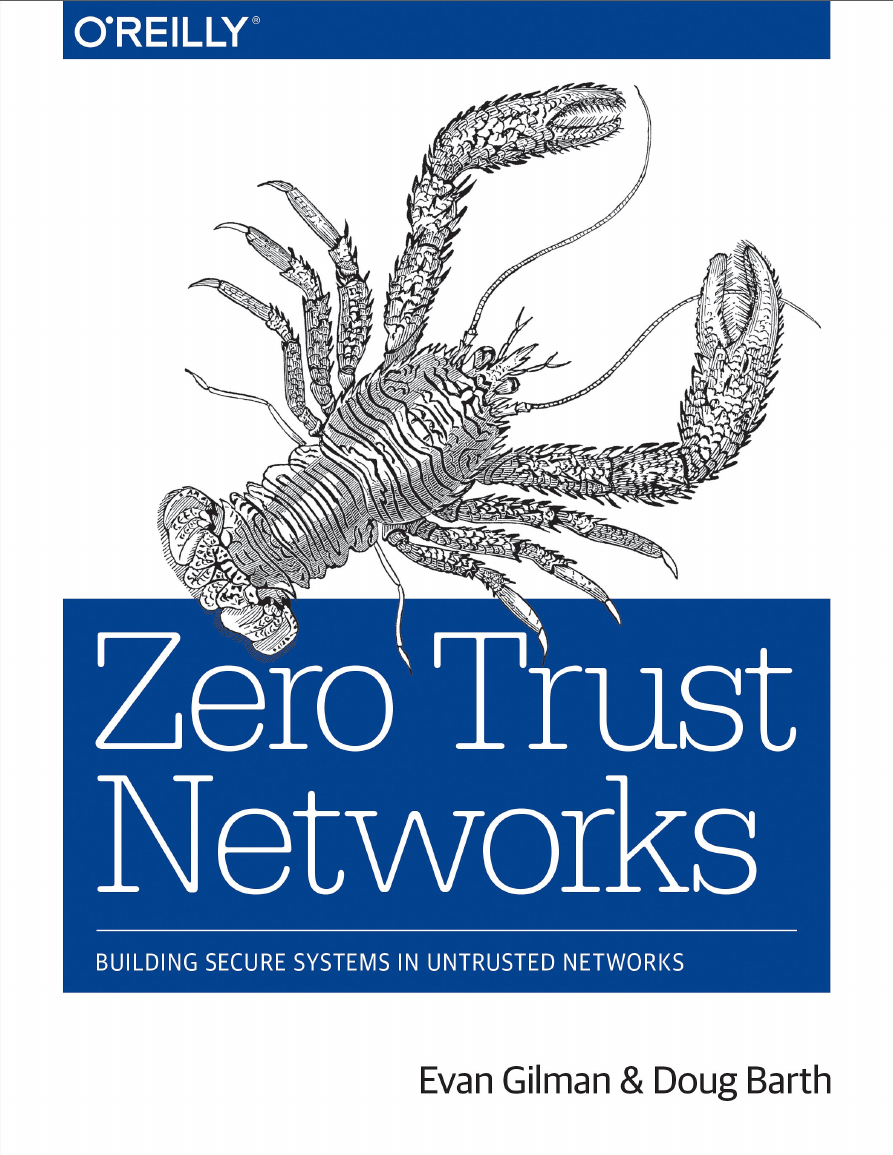
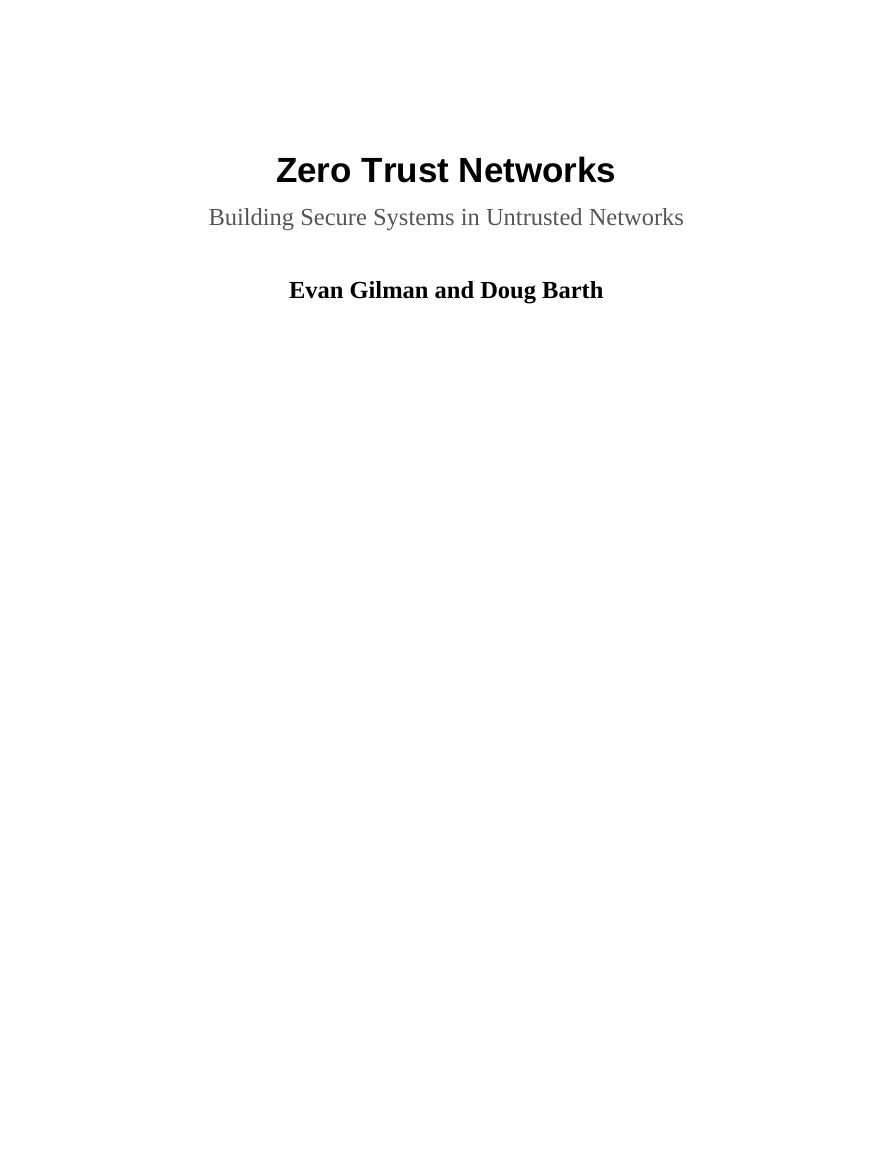
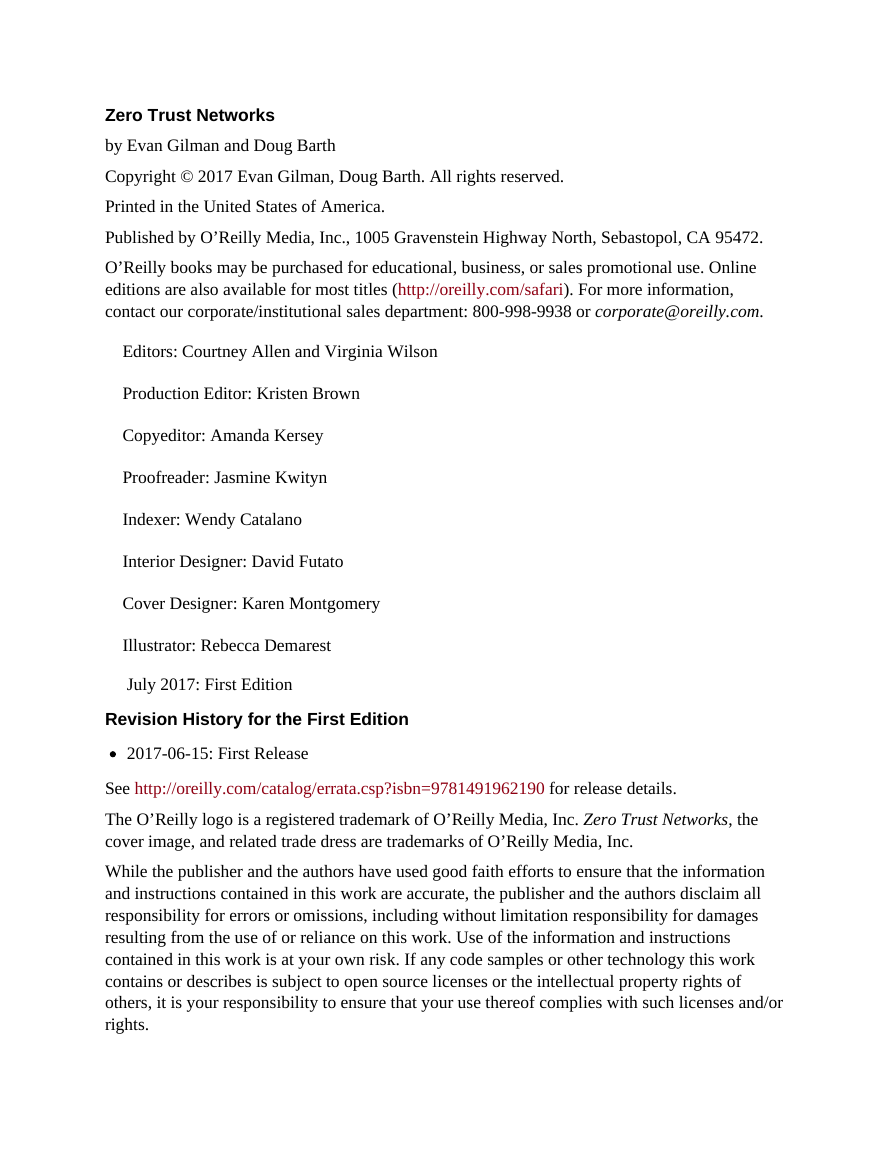

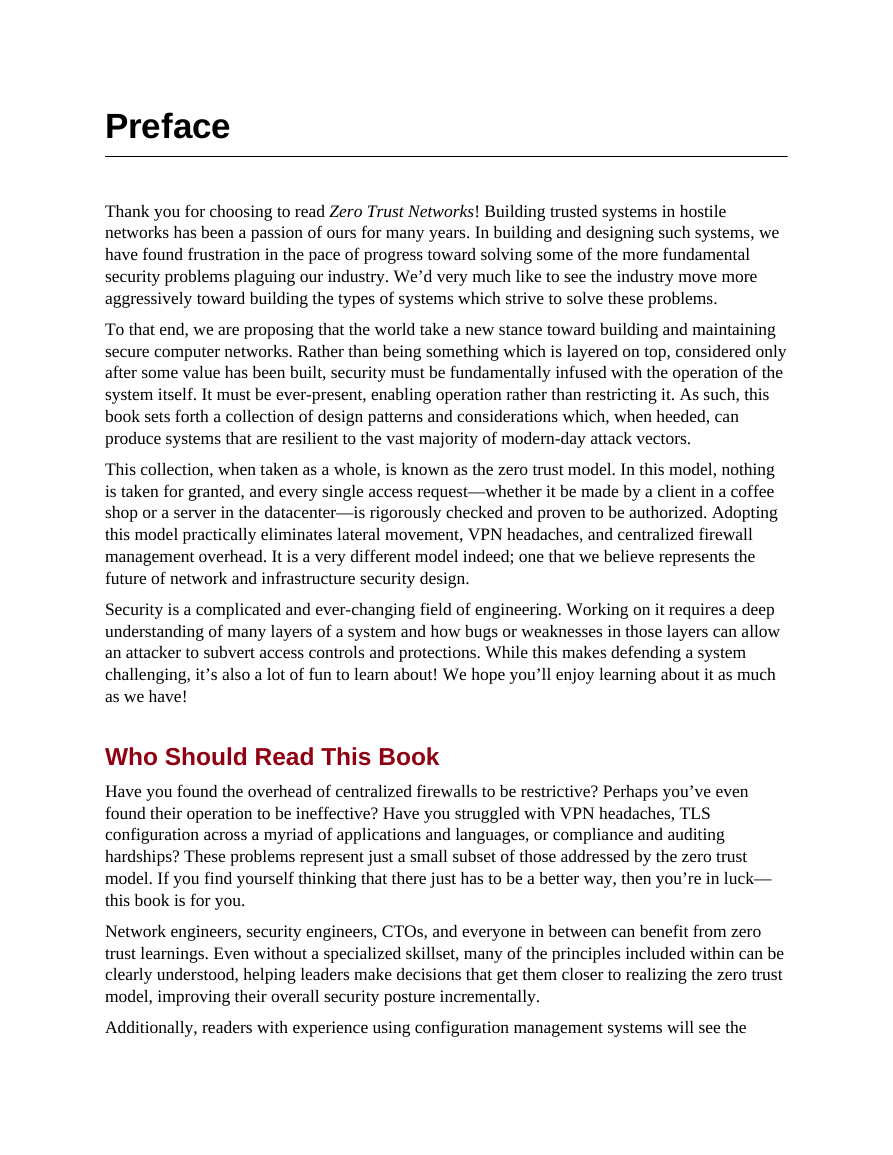
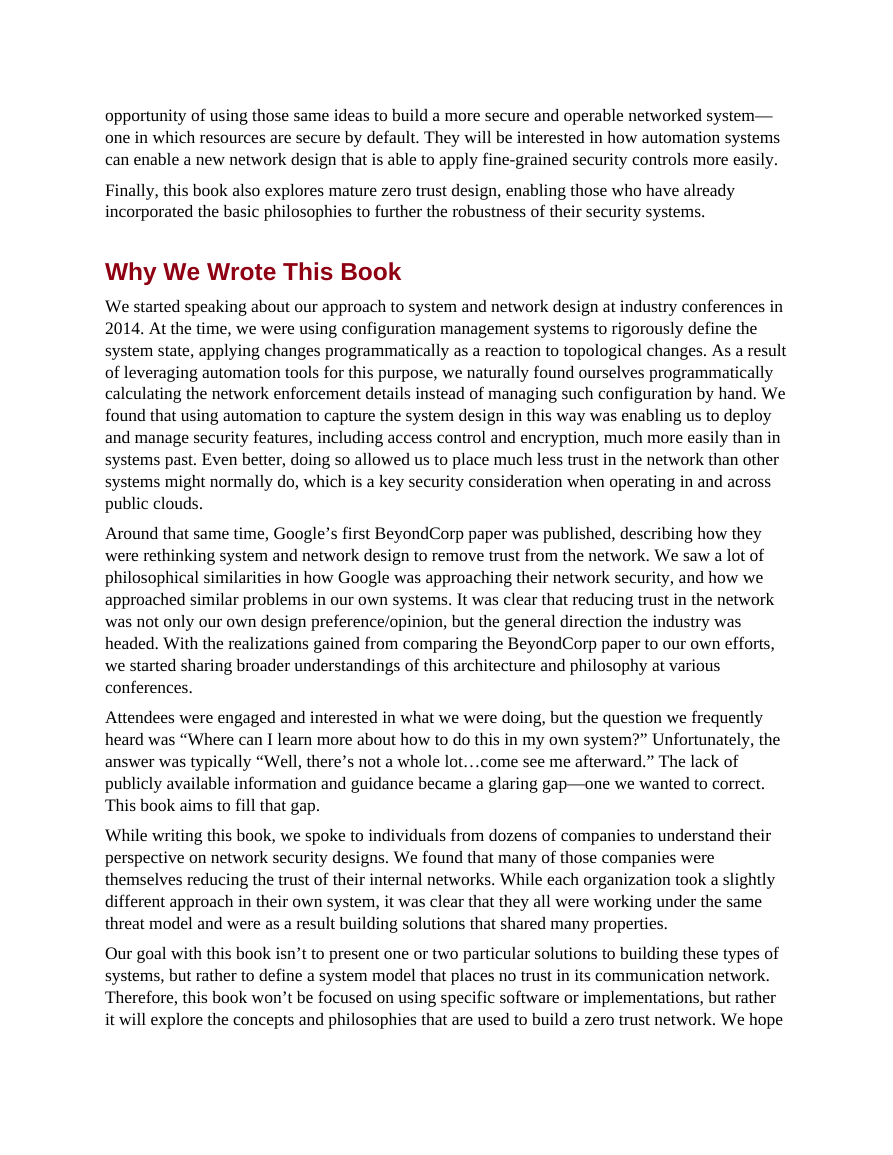
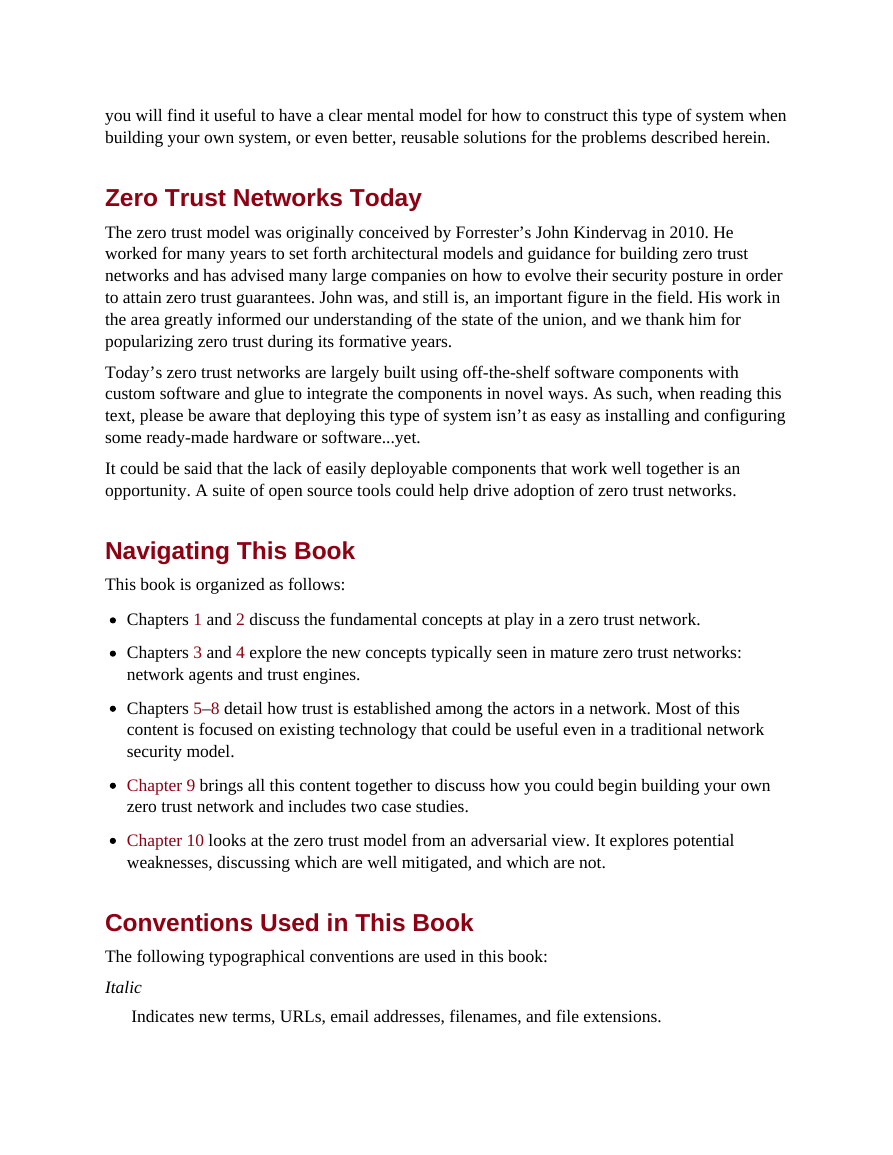
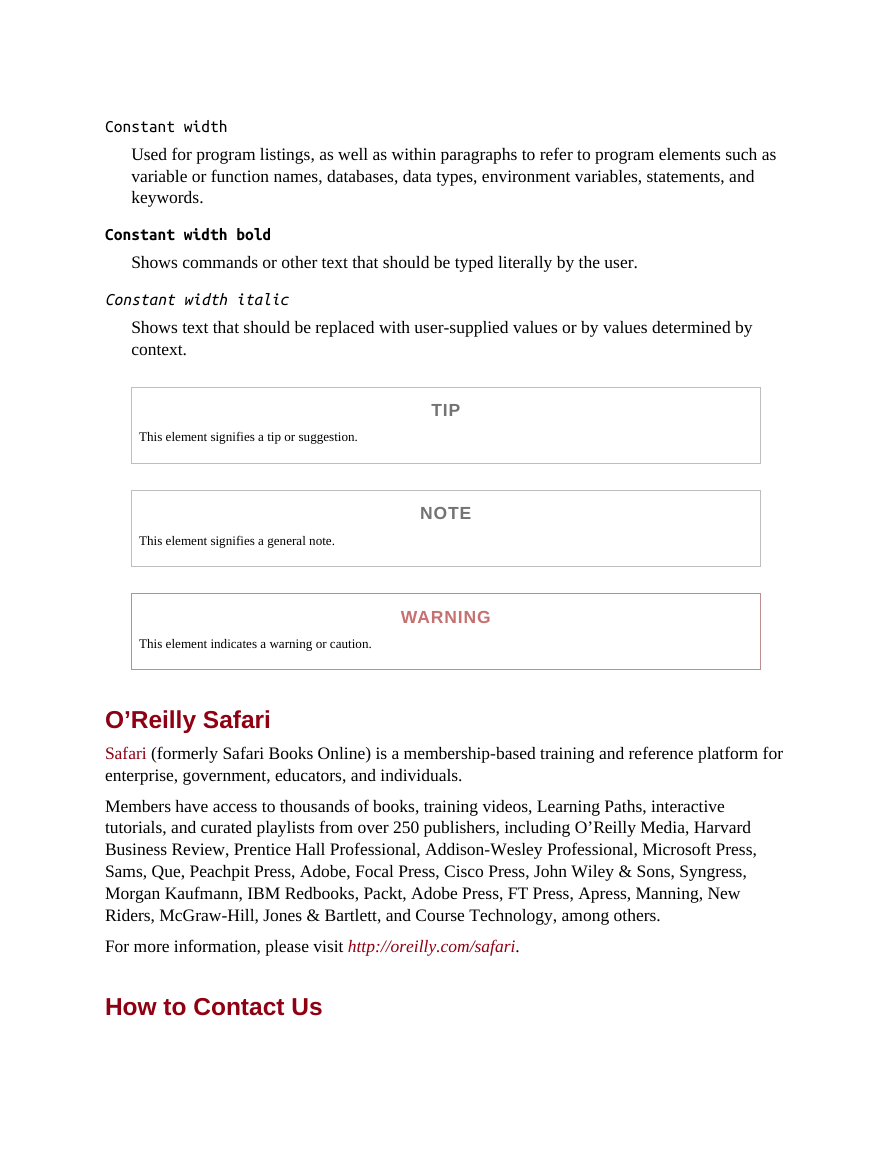








 2023年江西萍乡中考道德与法治真题及答案.doc
2023年江西萍乡中考道德与法治真题及答案.doc 2012年重庆南川中考生物真题及答案.doc
2012年重庆南川中考生物真题及答案.doc 2013年江西师范大学地理学综合及文艺理论基础考研真题.doc
2013年江西师范大学地理学综合及文艺理论基础考研真题.doc 2020年四川甘孜小升初语文真题及答案I卷.doc
2020年四川甘孜小升初语文真题及答案I卷.doc 2020年注册岩土工程师专业基础考试真题及答案.doc
2020年注册岩土工程师专业基础考试真题及答案.doc 2023-2024学年福建省厦门市九年级上学期数学月考试题及答案.doc
2023-2024学年福建省厦门市九年级上学期数学月考试题及答案.doc 2021-2022学年辽宁省沈阳市大东区九年级上学期语文期末试题及答案.doc
2021-2022学年辽宁省沈阳市大东区九年级上学期语文期末试题及答案.doc 2022-2023学年北京东城区初三第一学期物理期末试卷及答案.doc
2022-2023学年北京东城区初三第一学期物理期末试卷及答案.doc 2018上半年江西教师资格初中地理学科知识与教学能力真题及答案.doc
2018上半年江西教师资格初中地理学科知识与教学能力真题及答案.doc 2012年河北国家公务员申论考试真题及答案-省级.doc
2012年河北国家公务员申论考试真题及答案-省级.doc 2020-2021学年江苏省扬州市江都区邵樊片九年级上学期数学第一次质量检测试题及答案.doc
2020-2021学年江苏省扬州市江都区邵樊片九年级上学期数学第一次质量检测试题及答案.doc 2022下半年黑龙江教师资格证中学综合素质真题及答案.doc
2022下半年黑龙江教师资格证中学综合素质真题及答案.doc